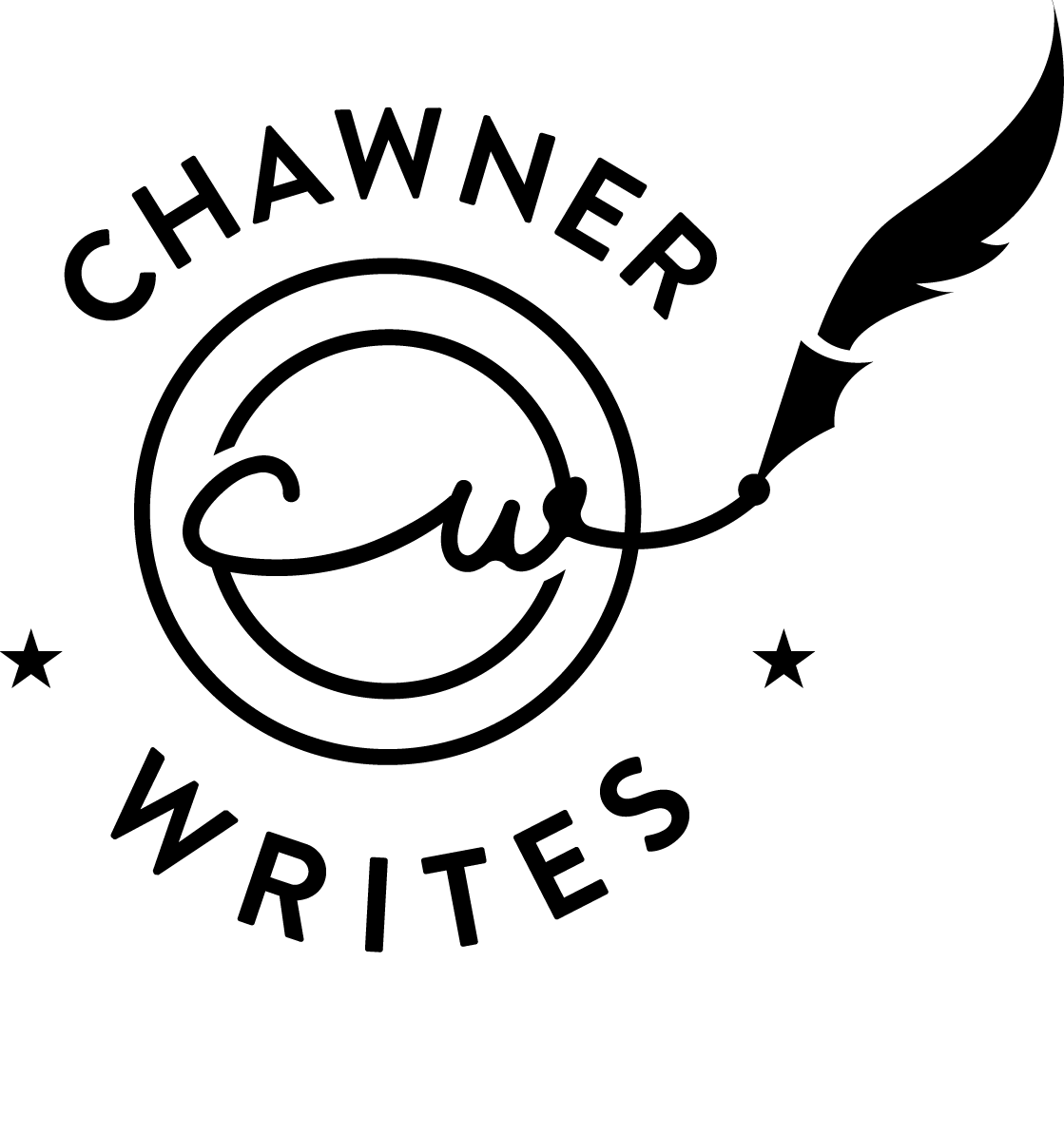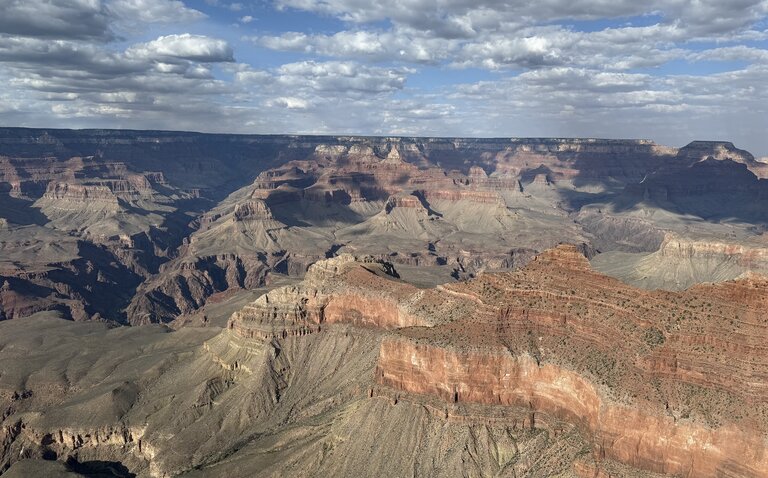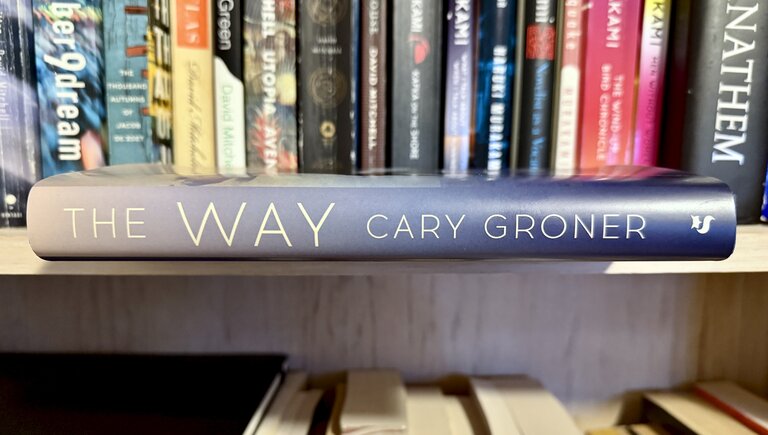
When I am feeling creative, ideas for characters, worlds, situations, and stories appear constantly. Inputs are everywhere: a great movie character, a strange news item, a walk around the block. But how long should a raw idea sit before it can turn into a story? In a perfect world, we would dream of a story at night and write it in the morning, like McCartney and Yesterday. But most ideas need time to germinate in the back of the mind.
George Saunders has talked about how “The Semplica Girl Diaries” stayed with him for fourteen years before it finally worked. He circled it for ages, constantly pruning until the real story emerged. His experience suggests that some ideas need a long stretch before they can be touched. Diane Cook describes taking notes on The New Wilderness for a few days, then shelving the idea for years. When she returned to it, the world of the book had settled enough for her to enter it fully.
I can relate to the slow-germination approach. Two stories in my upcoming collection After the Second Wave lived in my head for years before I wrote them. One involved a young boy on a landfill overhearing a conversation he cannot understand. Another followed a young man trying to reach the crypto paradise of West Palm Beach. The finished stories drifted far from the initial sketches, but at a high level they stayed true. Both ideas needed about two years before they found their way into something coherent.
So what happens during those two years? Pattern matching. The idea sits there, incomplete, like a puzzle missing a few essential pieces. Then one day another idea or event clicks into place and the pattern snaps into view. It feels sudden, but the mind has been searching for those missing pieces all along. In the case of ATSW, the missing piece was the family at the heart of it.
I am experiencing this now. I have wanted to write my own take on John Cheever’s The Swimmer for years but never saw “the hook”. Thanks to a recent life event, the elements I needed emerged. My mind had been running a quiet background process for a long time, waiting for the right puzzle piece.









